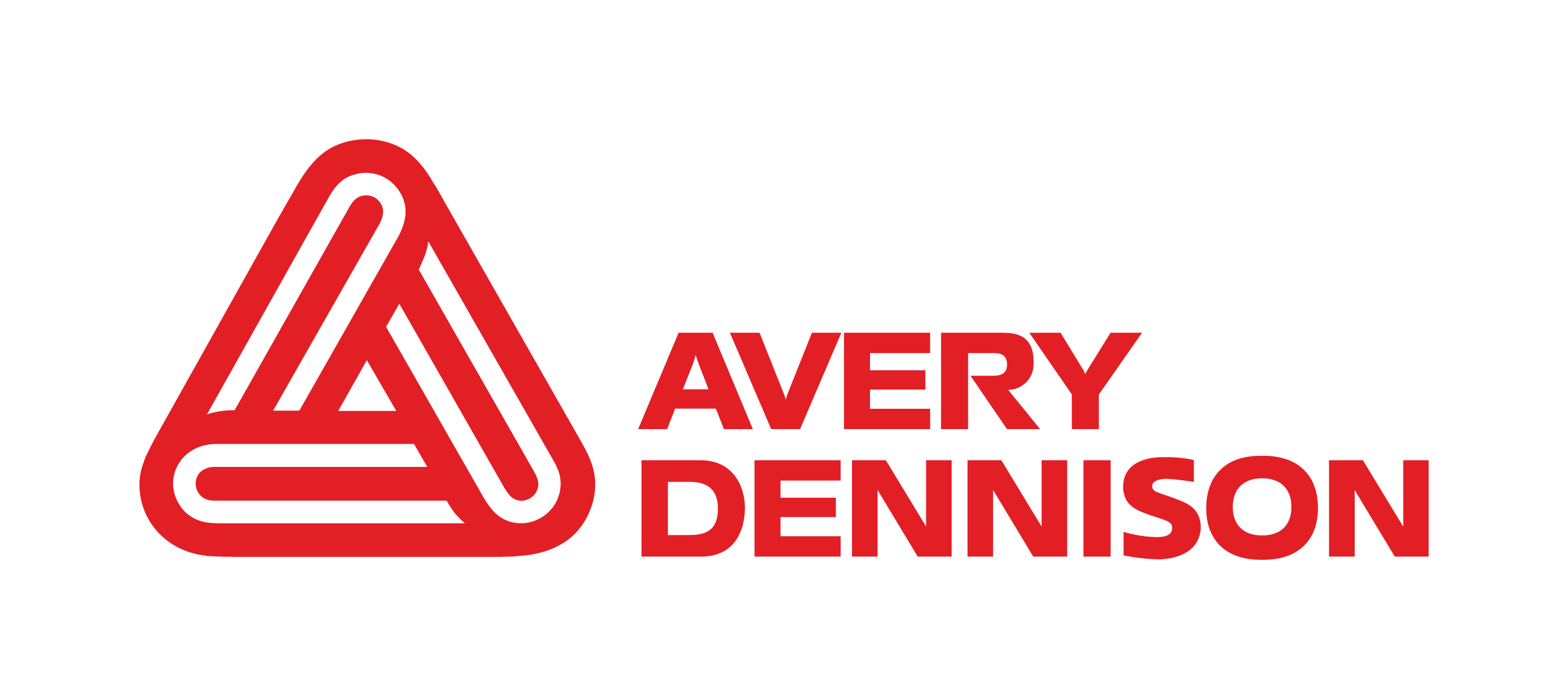Design for recycling flips the script by making end-of-life management a core part of the product development process. It involves making conscious choices about materials, construction, and labelling to ensure a product can be efficiently recovered.
1. Make Efficient PET Recycling Possible
One of the most widely used plastics in packaging is PET (polyethylene terephthalate), commonly found in beverage bottles and food containers. PET is highly recyclable, but the presence of traditional labels and adhesives can lower the quality of the recycled plastic by leaving behind residue or contaminating the recycling stream.
Innovations like Avery Dennison's CleanFlake technology are helping to address this challenge. CleanFlake labels use a specially designed adhesive that cleanly separates from PET flakes during the recycling wash process. This allows the PET to be more easily processed into high-quality, food-grade recycled material, supporting a closed-loop recycling system. By improving the recyclability of PET packaging, solutions like CleanFlake are making it easier for brands to meet sustainability goals while reducing contamination in the recycling stream.
2. Embrace Monomaterials
The simplest way to improve recyclability is to use a single material wherever possible. A bottle, cap, and label all made from the same type of plastic (like PET) can be processed together without issue. This eliminates the need for separation and reduces contamination, resulting in a higher-quality recycled material that can be used to make new products.
Companies are starting to innovate in this area. For example, some brands are moving towards monomaterial pouches for things like baby food and pet food, which were previously unrecyclable. These new designs provide the same shelf-life benefits without the end-of-life headache.
3. Design for Disassembly (DfD)
When using multiple materials is unavoidable, the next best thing is to design the product so it can be easily taken apart. This means avoiding strong glues and complex bonded layers. Instead, designers can use click-fittings, simple screws, or water-soluble adhesives.
A great example is the shift in electronics. Some forward-thinking brands are creating smartphones and laptops that can be repaired and disassembled with standard tools. This not only makes it easier to replace parts but also allows for the clean separation of valuable components like glass, metal, and plastic for recycling.
4. Rethink Labels and Colours
Smart design also addresses the issues of sorting. To combat the black plastic problem, material scientists have developed NIR-detectable black pigments that allow sensors to identify the items correctly. Another solution is to switch to lighter-coloured or clear plastic, which has a higher value in recycling markets.
When it comes to labels, the solution is twofold. Perforated sleeves make it easy for consumers to remove the label before recycling. Alternatively, using "wash-off" adhesives means the labels separate cleanly from the container during the recycling process, preventing contamination.

